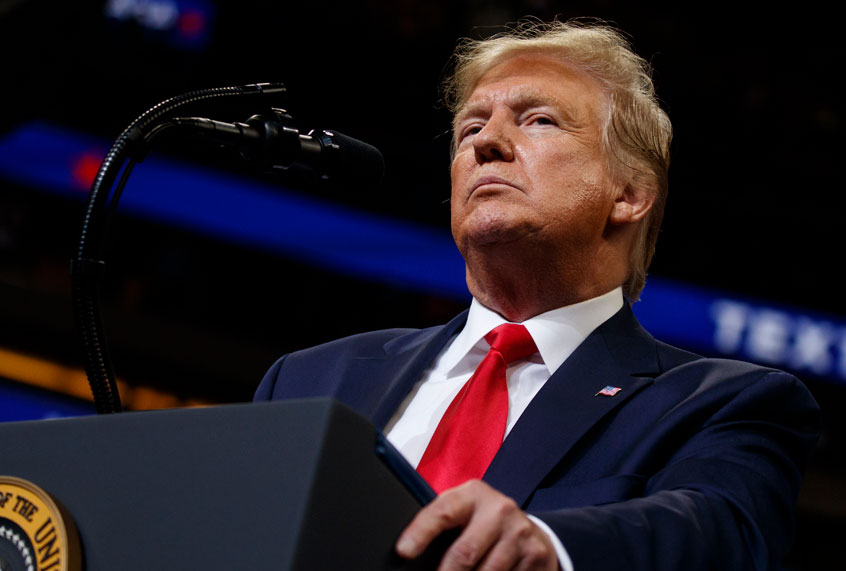The right-wing media have tried to give the impression that riots and civil unrest are limited to communities of color, but history doesn’t bear that out at all. In 1979, white residents of the Philadelphia suburb of Levittown, Pennsylvania rioted over gas prices — and communications professor Leonard Steinhorn, in a June 24 op-ed for the Washington Post, explains why those riots were a precursor to the white working class angst that President Donald Trump has been encouraging in the late 2010s.
Back in 1979, when Jimmy Carter was president, the U.S. was suffering from a gas crisis. And Levittown, which was predominantly white and known for segregation, was hit hard.
“The immediate cause of the riots was gas rationing and shortages, soaring pump prices and lines of people waiting hours to secure a few gallons,” Steinhorn recalls. “Independent truckers battered by the high cost of diesel were holding wildcat strikes across the nation, and on June 23, about 20 converged on Levittown, leaning on their air horns and tying up traffic.”
In much of Philadelphia Proper, it’s easy to function without a car. But mass transit is limited in the Philly suburbs, and Steinhorn describes the Levittown rioters as “angry white suburbanites whose lifestyles and livelihoods depended on cheap and plentiful gas.”
The truckers, Steinhorn explains, “merely catalyzed the fury” that gave way to the Levittown riots.
“Dozens were hospitalized, nearly 200 were arrested, a post office was vandalized, gas stations were looted, abandoned cars and furniture were set afire — and police and firefighters were pelted with rocks, cans, beer bottles and firecrackers,” Steinhorn explains, adding that police said they would have arrested as many as 500 people but didn’t have the manpower.
Steinhorn goes on to stress, however, that the Levittown riots weren’t just about gas, but rather, “reflected a deeper unease brewing among working-class whites.” Levittown, according to Steinhorn, represented the American Dream for working-class white suburbanites in the 1950s — and when that dream was threatened, violence was the result.
The communications professor notes that while working class whites “didn’t necessarily embrace ideological conservatism” in 1979 or 1980, they “would come to epitomize the political phenomenon known as Reagan Democrats.”
“Ronald Reagan understood the power of this grievance, much the way Richard Nixon had a decade before,” Steinhorn writes, adding that in 2016, Trump had a similar appeal. And he concludes his op-ed by noting the similarity between the rage in Levittown 40 years ago and the anger of Trump voters.
“When Donald Trump appealed to ‘forgotten Americans’ at his 2016 convention and declared ‘I am your voice,’ he was channeling the same rage, indignation, grievance and identity that roiled the streets of Levittown and continued to pulsate through white-working-class America over the next four decades,” Steinhorn asserts. “Just as for Reagan, a pledge to ‘make America great again’ bonded Trump to these voters. He may not know much, if anything, about the Levittown gas riots, but his campaign and presidency sprang from the same cultural and political sources that powered the only American riot in the Summer of 1979.”


